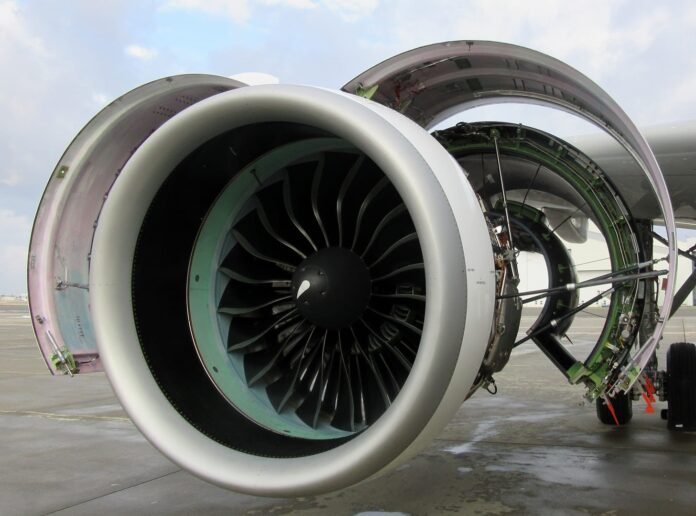The seamless integration of propulsion systems into an aircraft involves intricate engineering, especially concerning engine mounting and nacelle design. These components not only support the engines but also play a pivotal role in optimizing aerodynamics, minimizing drag, and ensuring the efficient performance of the aircraft’s powerplants.
Engine mounting systems serve as the interface between the aircraft structure and propulsion units. These structures must bear the weight of the engines while enduring the forces generated during flight—thrust, vibration, and torque. Engine mounts are meticulously designed to distribute these forces evenly, ensuring structural integrity and minimizing vibration transfer to the airframe.
The design of engine mounts varies based on the aircraft’s configuration and the type of propulsion system. They may be attached to the wings, fuselage, or empennage, depending on factors such as engine size, weight, and positioning. The mounting system must withstand dynamic loads during takeoff, flight, and landing, ensuring the engines remain securely attached to the aircraft.
Nacelles, the streamlined enclosures housing the engines, play a crucial role in minimizing aerodynamic drag and optimizing airflow around the powerplants. These aerodynamically shaped structures are designed to reduce turbulence, enhance engine efficiency, and contribute to overall fuel economy by streamlining airflow.
Nacelle design involves careful consideration of airflow management. Engineers optimize the shape, contours, and materials of the nacelle to minimize drag while providing adequate cooling and ventilation for the engines. Aerodynamic fairings and carefully placed air inlets and outlets ensure smooth airflow around the engines, improving efficiency and performance.
In addition to aerodynamic considerations, nacelles must also accommodate various operational requirements. They house critical components such as thrust reversers, anti-ice systems, and acoustic treatments to enhance safety, reliability, and passenger comfort. The design must account for these functionalities without compromising aerodynamic efficiency.
The materials used in nacelle construction are selected to withstand high temperatures, vibration, and structural loads while maintaining lightweight properties. Advanced composite materials, such as carbon fiber reinforced polymers (CFRP), offer high strength-to-weight ratios, contributing to the overall efficiency and performance of the nacelle structure.
Engine mounting and nacelle design undergo extensive testing and analysis to ensure their performance under various operating conditions. Structural tests, aerodynamic simulations, and thermal analyses validate the design’s integrity, functionality, and efficiency. Finite Element Analysis (FEA) and Computational Fluid Dynamics (CFD) aid in optimizing these components for maximum performance.
The integration of propulsion systems into the aircraft structure involves a multidisciplinary approach. Collaboration between aerodynamicists, structural engineers, materials scientists, and propulsion experts ensures a holistic design that balances aerodynamic efficiency, structural integrity, and operational requirements.
Advancements in engine mounting and nacelle design continue to push the boundaries of efficiency and performance in aviation. Future innovations may include morphing nacelles that dynamically adjust shape to optimize airflow and reduce drag during different flight phases, further enhancing aircraft efficiency.
Research and development initiatives focus on improving materials, refining design methodologies, and incorporating innovative technologies to enhance engine mounting and nacelle performance. These advancements aim to achieve greater efficiency, reduced environmental impact, and improved safety in aviation.
The integration of propulsion systems through sophisticated engine mounting and nacelle design is a testament to the relentless pursuit of efficiency and performance in aerospace engineering. As the industry continues to evolve, these critical components will play an ever more pivotal role in shaping the future of aviation.
























